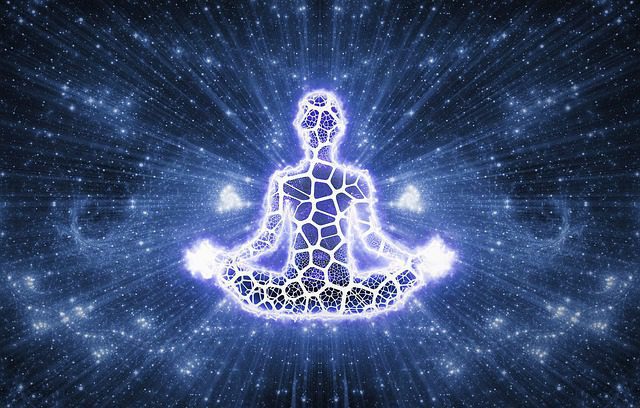Yoga doesn’t need any introduction, it is very popular and it is practiced across the world. However, Yoga means different things to different people. Some see yoga as an exercise, some view it as a meditation technique for the mind. But Yoga is much more than either of them. Yoga in simpler terms is the quest to seek the meaning of life by looking inwards. These may sound pretty heavy or cliched to some, but the reality is, that you can achieve exemplary results by practicing Yoga and can rise above the pitfalls of the daily life of a normal human being.
You may also like to read about the origin of Yoga.
As you know there are a variety of yoga schools, practices, and goals in Hinduism, Buddhism, and Jainism. The modern Yoga that most people know and is popularized by the western world is Hatha yoga, which is mainly about postures and Asanas. Most people, therefore, think of Yoga as some form of ancient Indian exercise and practice. The truth is, Hath Yoga is only one of the seven basic, traditional and original form of Yoga styles.
To help you understand the true essence of Yoga, here is a list of all of the traditional styles of Yoga and Yogasana or Yoga poses:
Raja Yoga
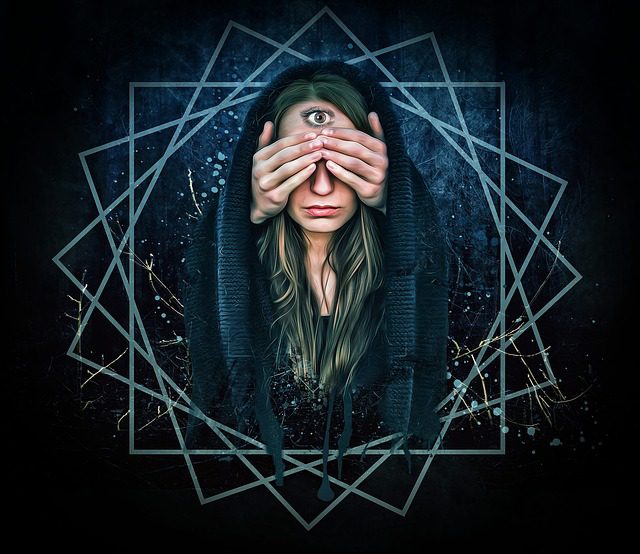
Raja Yoga in simple words is all about your mind. It is a practice that focuses on intelligence, emotional state, and intuitive parts of your mind. It is aimed at uncovering the true potential of a human mind through true understanding.
It involves uplifting the lower mind to the higher mind, from the 5 sensory experiences to enlightenment. It is believed to bring people to a state of clear awareness and awaken hidden psychic potential. It includes the practice of contemplation and meditation.
Ideally, it should be practiced after Hatha Yoga, which is also aimed at preparing the physical body for deep meditation. Raja Yoga is perfect for putting everything into perspective.
Karma Yoga
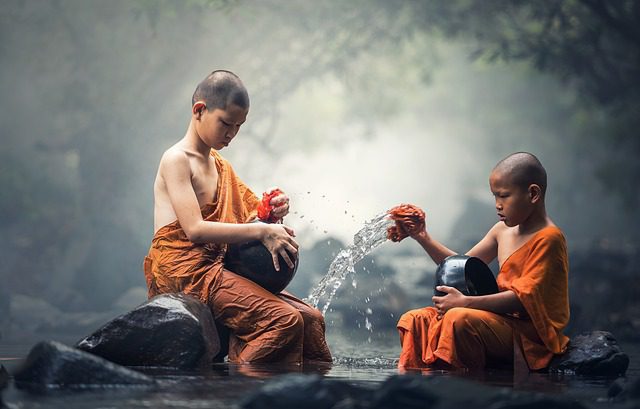
What do people get admired for most? I would say selfless action is the single most trait that gets lots of praise, admiration, and respect. Karma, we all know is about action, similarily Karma Yoga is the Yoga of actions.
It requires the act of giving your time, efforts, and kindness towards a selfless action without expectations of reciprocation or personal gain. This means acting without the intention of a reward, confirmation, or approval.
It can be an unnoticed deed, for example, such as cleaning up, fixing a fallen sign or saving a drowning insect from the pool simply from the kindness of your own heart. Karma Yoga revolves around doing things for the greater good and is the most humbling of the many Yoga styles.
Jnana Yoga
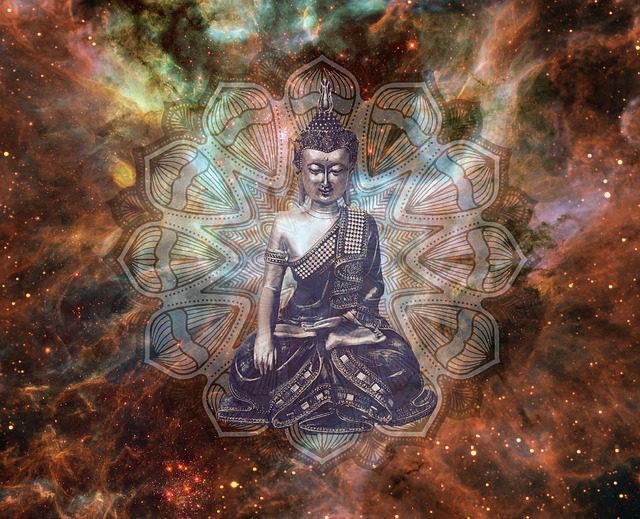
Jnana Yoga is the Yoga of seeking knowledge and wisdom and seeking to understand the true meaning of everything with an understanding that you can’t know all. It is the Yoga of self-inquiry and asking questions such as, “Who am I, Where do I come from?” without the interference of any previous assumptions – To know that we don’t know and look within for all of the answers.
In Jnana Yoga, our attention is turned towards the “Self” and we are led to answers intuitively that is known, felt, and experienced as truth rather than intellectually “learned.” Ultimately, we recognize and separate from ego and remain as the true Self.
Bhakti Yoga
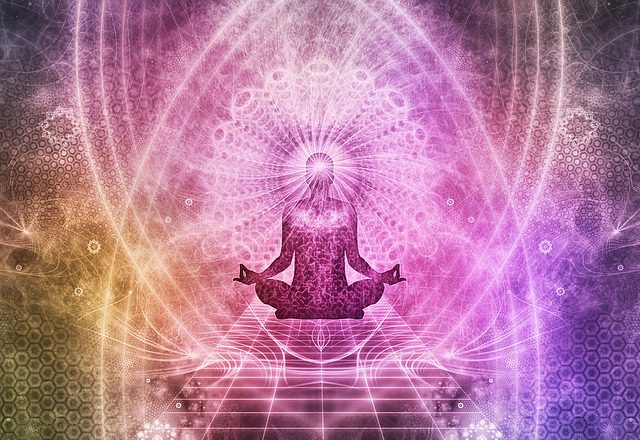
Bhakti Yoga is the Yoga of devotion and love for the Supreme, God, or a Guru. It is characterized by creating a loving, long-lasting personal relationship with the Beloved in whatever form it may take for you. It transcends all religions and is absolutely universal – The true essence of love.
Mantra Yoga

Mantra Yoga is the Yoga of primordial sounds that vibrate with the universe. Mantras are Sanskrit words and rhymes that are spiritually powered. They are repeated (called Japa) and chanted with concentration. This ultimately leads to the dissolving of the outer worlds, which then allows for union with the universe.
Tantra Yoga
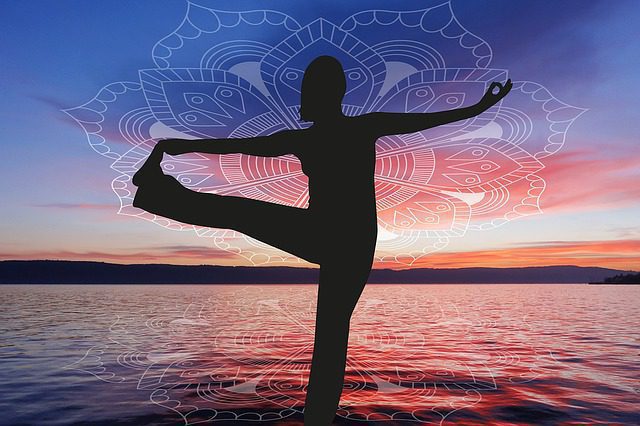
Tantra Yoga is the Yoga of various forms of energy. The main focus is to bring the duality of the feminine (Shakti) and masculine (Shiva) energies within us together into a state of non-duality and thus achieve perfect union.
In some parts of the East, Tantra is looked down upon and not considered a type of Yoga. This is most likely due to the fact that it is often misunderstood, misconstrued, and abused.
It has often been associated with actions that are contradictory to the true meaning and purpose of all Yoga. This is not to say that Tantra Yoga should be dismissed – When used with an intention of Truth, it can be very profound. However, without the supervision of a very experienced and pure master, it is not advised.
Hatha Yoga

Most well know of all, Hatha Yoga is the Yoga of balance in our bodies, both gross and subtle. “Ha” means sun and “Tha” means moon.
It includes all physical practice and is the recently popularized style of Yoga in our western culture characterized by asana (postures or poses). Hatha Yoga also includes practices such as Mudra (hand gestures) and all famous Pranayama (breath control.)
It is considered the science of Yoga and its purpose is to bring harmony to the chakras and energy points throughout our body.
Within Hatha Yoga, there are sub-categories of different styles. These are the popular types of Hatha Yoga, which are commonly referred to in the modern world.
Vinyasa
Vinyasa Yoga is a common form of Yoga that includes a seamless flow of various asana along with Pranayama. Each sequence is unique and ever-changing similar to the flow of life.
Kundalini
Kundalini Yoga is an extremely powerful Yoga that awakens the Kundalini energies that lie dormant at the base of the spine and travel upward through the chakras. It includes intense breathing, energizing movements, and chanting.
Ashtanga
An Ashtanga is a very intense form of Yoga, which includes various postures. The Asanas are combined with the breath and progress into advanced asana to tone and master the body.
Iyengar
Iyengar Yoga is a versatile form of Hatha Yoga that was popularized by B.K.S Iyengar. It includes the use of props such as blocks, cushions, and straps and is, therefore, suitable for all body types and capabilities.
Bikram
Bikram Yoga, which is also known as “Hot Yoga,” is done in a closed room that has been heated to a high temperature and humidity level. This is a new form of Yoga dedicated to sweating out those toxins.
